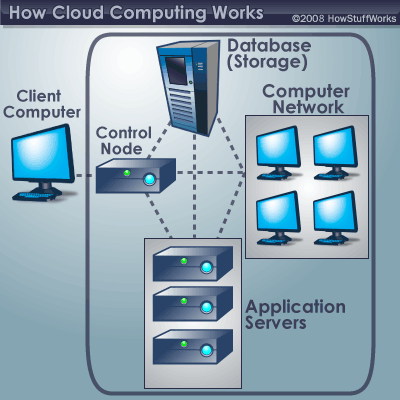By Idamina Babarinsa
For a university or a college, which either successfully achieves its objectives or fails in doing so, the importance of changing its Information Technology (IT) is incontestable. The word “Cloud” has been used traditionally as a metaphor for the Internet. According to the Cloud Security Alliance, “cloud computing” is a model for enabling convenient, on-demand network access to a shared pool of configurable computing resources, such as networks, storage, applications and server infrastructures. Some people relate cloud computing to the term “utility computing” because the cloud offers services, which are payable on-demand and are metered similarly to that of traditional public utility companies. 
Whatever the term used the IT revolution and the movement of business capabilities to the Internet have allowed cloud computing to make new opportunities available to universities. Thus, Schools can now leverage this IT innovation to provide improved services to students and a gain competitive advantage over other schools.
Cloud computing is not only about convenient storage, accessibility by multiple devices, convenient communication or instant multi-point collaboration, but it is also about gracefully losing control while maintaining accountability even if the operational responsibility falls upon one or more third parties. Therefore some benefits of cloud computing to the university include:
Cost Reduction on Implementation or Maintenance of its IT – This option cuts down expenses and saves money because the university would pay for only what is needs or uses. Guaranteed return on investment would be achievable because Cloud computing eliminates all uncertainty associated with new and untested technology.
Flexibility and Scalability – The cloud can quickly scale up to thousands of servers or services to make resources available as they are needed.
Improves efficiency by allowing a university’s IT staff to shift their focus – The movement of IT resources to the cloud could allow the university to shift its efforts and human resources towards its core business objectives, which is educating innovators or artists of the future.
However, the Loss-of-Control over university data is one of the security and privacy challenges the school would need to overcome in moving to the cloud.
In conclusion, whatever the benefits associated with cloud computing, it may seem inherent that not every aspect of a university’s IT infrastructure should be implemented on the cloud because it is constantly evolving, therefore its unpredictable and not a 100% secure.



